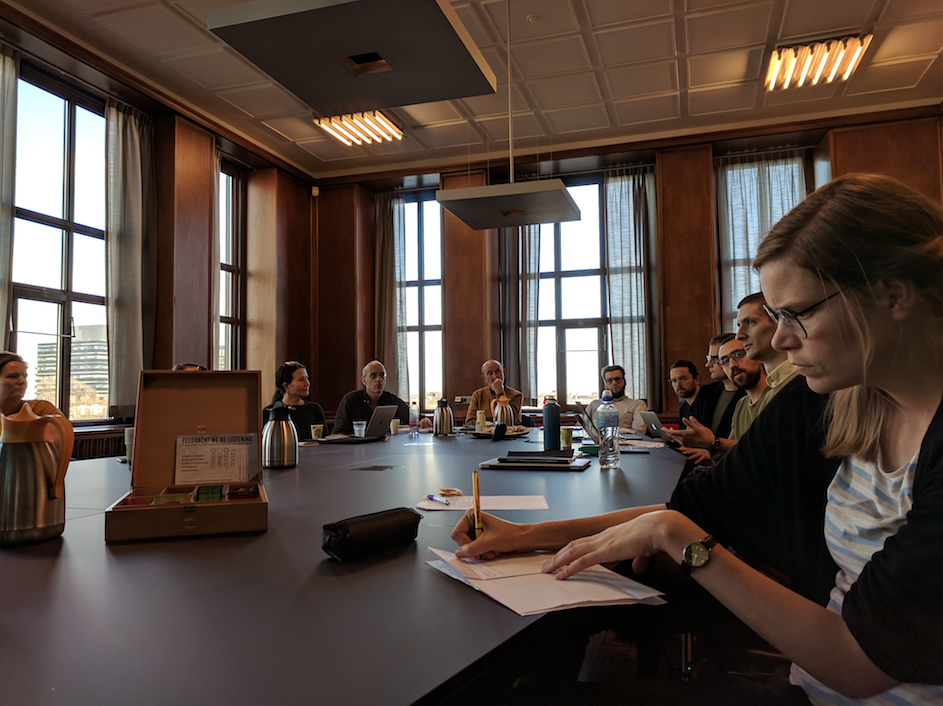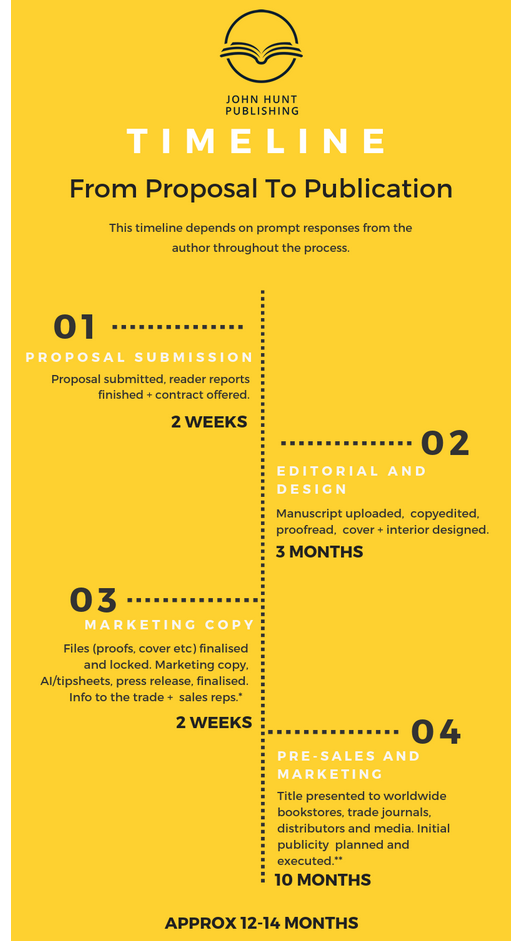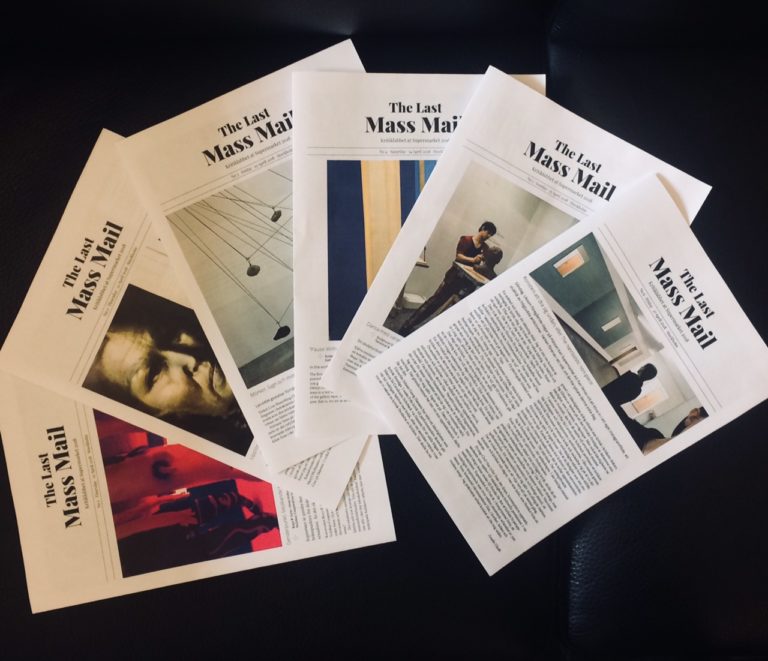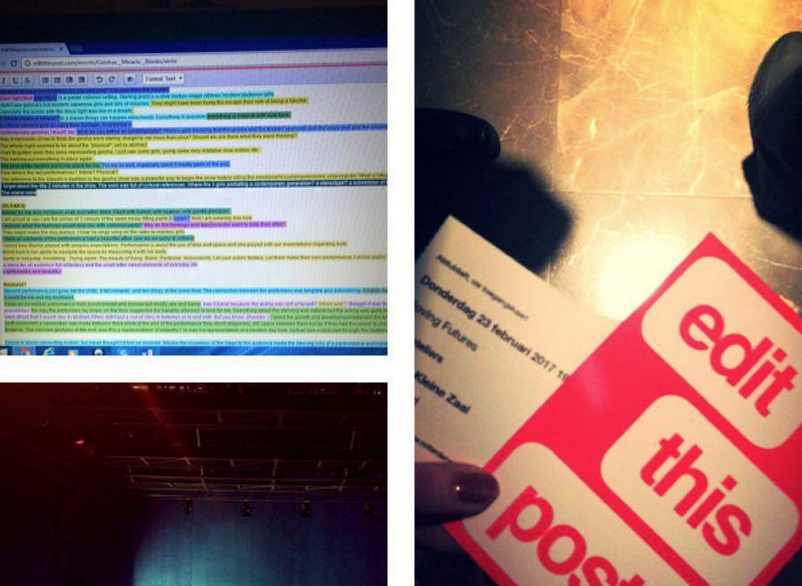 Write-up of a presentation held November 30th 2018 in Amsterdam.
Write-up of a presentation held November 30th 2018 in Amsterdam.
Below are some preliminary results from the Best Practices research that is continually being carried out within the Making Public project. These BPs and tools are collected throughout, so feel free to leave your suggestions in the comments or share them in another way. (Read about the other two episodes in this series under Strategies for positioning your publication and New formats for online and hybrid quality content.)
Let’s start with the criteria that were used to collect the BPs. The criteria come out of the research focus, which is on research publications from the arts/humanities aimed at a wider-than-academia audience. The context is one of small, independent or self-publishers.
Criteria:
- research content
- critical and / or artistic perspective
- reach outside of academia
- high quality
Tools were studied in the comparative analysis – you can read the blogposts about the adventures into the land of publishing tools here: Algorithmic Arrogance: Data-Analysis Tools for Digital Publishing and Their Politics and Beyond Peer-Review and Self-Help: The Dangerous Potentials of Collaborative Editing and Peer-Commenting
The Best Practices thus are not tools but rather publishers, books, platforms, projects or formats that show how publishing can be done in new and surprising (or sometimes old and surprising) ways. The focus lies on examples that somehow make use of or are inspired by the digital, by using modular workflows, automation or hybrid formats.
Within Making Public the goal is to ensure speedy publishing in ways that do not impede the quality offered and that do reach as wide a reading public as possible. Therefore, the BPs are analyzed in the three categories of speed, quality and positioning.
On this grid of modularity-automation-hybridity, and speed-quality-positioning the BPs move about. In a series of blogposts I’ll zoom in on some of these examples, starting of with: speed.
1. Zero Books
 Zero Books is a publisher with a strong appeal, but here I want to focus on the publishing workflow or process that is extensively elaborated upon on the website of John Hunt Publishing, of which they are a part. On their website a manual is made available detailing every step of the streamlined and digitally packaged publishing process, leaving nothing to chance.
Zero Books is a publisher with a strong appeal, but here I want to focus on the publishing workflow or process that is extensively elaborated upon on the website of John Hunt Publishing, of which they are a part. On their website a manual is made available detailing every step of the streamlined and digitally packaged publishing process, leaving nothing to chance.
- detailed workflow enables publication time of 12-14 months
- extensive author guidelines tackle the bottleneck of expectation management that is reported as slowing down the publishing process
- the workflow is centered around a ‘database’, which also includes automatized communications
- the publishing process is decentralized (also geographically) and highly modular
2. Triple Canopy
An established web-magazine that publishes words, images, videos, events, exhibitions, etc. since 2007. The organizational model, so to speak, is the issue, however these issues are not published one after the other as complete form. Rather, they ‘are published over the course of several months, often concurrently, at a rate of approximately three per year’, as stated on the website. This means several issues can be open at the same time, being updated with new entries regularly.
- the publication ‘calendar’ deals with entries before editions: entries are published once they are finished and an edition can be added upon for a period of time until it is closed or finalized online
- this modularity enables on-the-flow publishing, speeding up the publishing process of the individual entries
- an entry can have different formats (essay, visual, video)
3. #Syllabus
The syllabus as a publication format has become known through activist circles like the Women’s Strike and covering complex topics such as the US prison-industrial complex or rape culture. The syllabus thus evolved from an academic format to distribute reading material for a class to more or less annotated, open, dynamic, multimedia collections of ‘must-read’ material.
- it offers a fast, collaborative way of disseminating research on urgent topics
- easy to set up, as a link list, a page published on an existing medium or a Google doc
- mostly crowdsourced, which also helps positioning.
- multi-format entries are possible
- it is open to extension and adaptation; however, sustainability or archiving may prove a problem
4. Real-time publishing
 A way to manage documentations of events or to organize input from diverse groups or participants is to set up some kind of ‘real-time’ publishing. An example is The Last Mass Mail, a newspaper produced, edited, designed and printed at a Stockholm art fair, and Edit This Post, a means to produce audience-generated reflection of shows, concerts, or other events, also written, edited and printed on the spot.
A way to manage documentations of events or to organize input from diverse groups or participants is to set up some kind of ‘real-time’ publishing. An example is The Last Mass Mail, a newspaper produced, edited, designed and printed at a Stockholm art fair, and Edit This Post, a means to produce audience-generated reflection of shows, concerts, or other events, also written, edited and printed on the spot.
- collaborative process
- immediate publication
- in situ production, or print-on-spot, which is fast and also good for positioning, as the public is there too
- a reiteration of the booksprint model
5. Zine
An older format that regains momentum, as it offers an easy, quick, cheap model to make and distribute content.
- perfect for a single (or couple) article / essay
- pamphlet format, which invites other design or writing styles
- short, thus fast
- options for developing a modular form or production template
- would be great to establish online zine libraries where a collaborative dissemination could take place
6. Book as folder
This is also a bit of an old idea that has remained from the Digital Publishing Toolkit project. An example is the recently released Queer Archive Network, which is printed in a limited edition, folded in a bag, and also freely downloadable as zip. So, this is literally a book as folder.
- the digital edition can be multi-format
- it has modular, database structure which can be open-ended or stand-alone
- speedy: design and print phase can be cut out or shortened according to wishes
- think of ways to distribute content in short(er) form; this doesn’t have to impede quality, but can speed up the publishing process
- modular formats can be of help in creating such short(er) form contents
- using a database structure in the whole workflow can enable modular processes or automation
- collaboration can speed up a project (but also slow it down)
- sharing research-on-the-go, and not waiting for the final peer-reviewed paper opens up tons of possibilities, also in different formats
- easy-to-use tech such as mobile printers or simple websites for quick use (we would not recommend using Google)
Do you have any Best Practices to recommend of publications in print or digital format, that tackle the problem of speed in an innovative way? Or publishers that use special solutions or tricks to keep their quality high? Or publication or book projects that engage with audiences in new ways? Don’t hesitate to e-mail me at miriam@networkcultures.org



